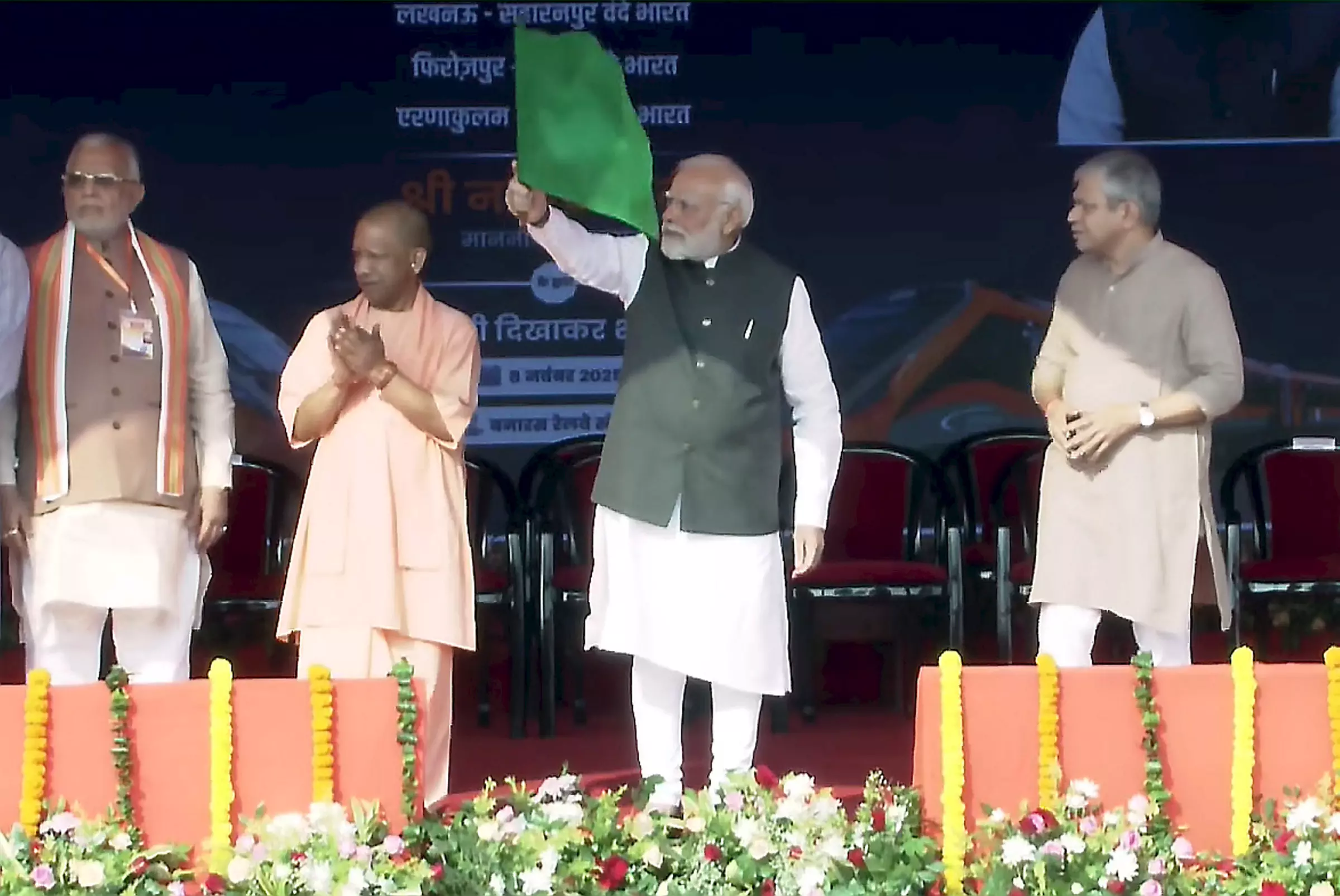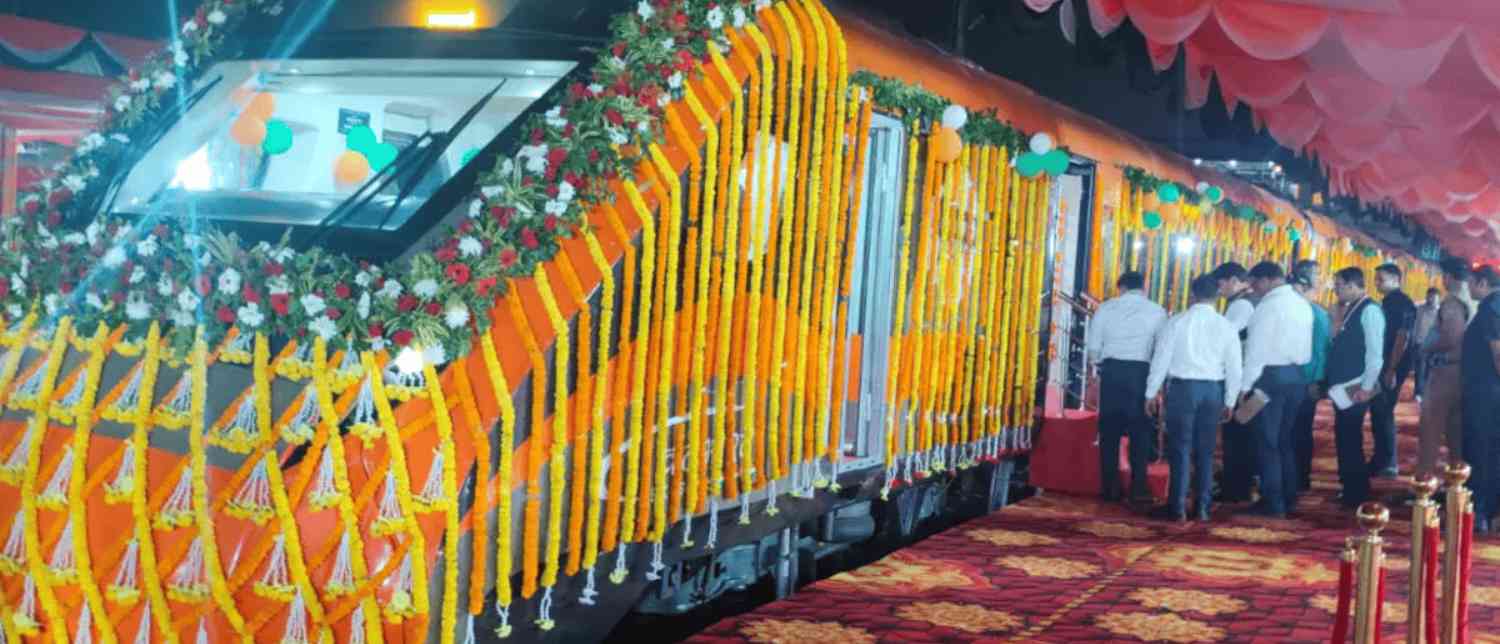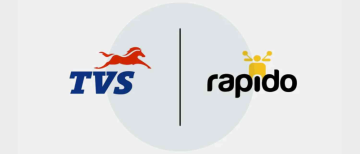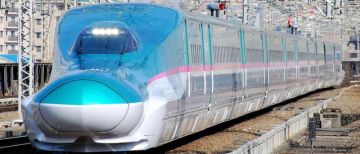India’s semi-high-speed Vande Bharat fleet has just grown again. On November 8, 2025, Prime Minister Narendra Modi flagged off four new Vande Bharat Express trains from Banaras (Varanasi) Railway Station — a move that boosts the country’s Vande Bharat services to 164 in total. The freshly inaugurated services — Banaras–Khajuraho, Lucknow–Saharanpur, Firozpur–Delhi and Ernakulam–Bengaluru — are designed to cut travel times, strengthen regional connectivity and give a visible push to tourism and local economies.

Four new routes — the essentials at a glance
-
Banaras–Khajuraho Vande Bharat — saves about 2 hours 40 minutes versus currently running special trains; links Varanasi, Prayagraj, Chitrakoot and the UNESCO site Khajuraho.
-
Lucknow–Saharanpur Vande Bharat — completes the run in roughly 7 hours 45 minutes, shaving nearly one hour off existing services; serves Lucknow, Sitapur, Shahjahanpur, Bareilly, Moradabad, Bijnor and Saharanpur, and improves access to Haridwar via Roorkee.
-
Firozpur–Delhi Vande Bharat — fastest on the route at 6 hours 40 minutes, directly connecting Firozpur, Bathinda and Patiala with the national capital.
-
Ernakulam–Bengaluru Vande Bharat — completes in 8 hours 40 minutes, cutting more than two hours from current travel times and linking major IT and commercial hubs across Kerala, Tamil Nadu and Karnataka.
These new services are more than timetables and rolling stock. They are targeted interventions: quicker inter-city journeys for professionals and students, faster pilgrim circuits for religious tourism, and improved cargo and passenger linkages that can encourage trade and jobs in less connected regions.
Delighted to flag off four Vande Bharat trains. These will enhance connectivity and provide greater comfort for citizens.
https://t.co/kHl2ufYLoF— Narendra Modi (@narendramodi) November 8, 2025
Why 164 matters — scale, momentum and policy
Indian Railways has been steadily expanding the Vande Bharat network — a homegrown semi-high-speed train project touted as a flagship of modern rail travel in India. Adding these four trains (eight services, counting up and down runs) brings the operational count to 164, reflecting a deliberate push to scale the program nationwide. That scale is important: it improves the utility of the network (more origin–destination pairs), increases options for passengers, and creates economies of scale in maintenance, crew training and peripheral services like catering and station facilities.
Travel-time savings and immediate passenger benefits
The headline numbers — two to three hours saved on many routes — translate into real gains:
-
Pilgrimage and heritage tourism: The Banaras–Khajuraho link brings devotees and cultural tourists to Khajuraho faster and with more comfort, encouraging day trips and shorter itineraries that benefit local hospitality businesses.
-
Regional mobility in Uttar Pradesh: The Lucknow–Saharanpur service stitches together central and western UP more tightly, easing movement for commerce, healthcare and education.
-
Border-region uplift in Punjab: Faster access to Delhi for Firozpur, Bathinda and Patiala can boost market access for agricultural and small industrial producers.
-
South India’s knowledge and business corridor: Ernakulam–Bengaluru improves commuting options for IT professionals and students, and shortens the distance between Kerala’s commercial centres and Karnataka’s tech ecosystem.
Passengers can expect modern onboard amenities, quicker turnarounds, and schedules designed to suit daytime business travel — all of which position Vande Bharat as an attractive alternative to road and air travel on medium-distance routes.
उत्तर प्रदेश के बनारस से मध्य प्रदेश के खजुराहो की यात्रा पर चलने को तैयार #VandeBharatExpress#विकसित_बनारस pic.twitter.com/yCGTwTkLiw— Ministry of Railways (@RailMinIndia) November 8, 2025
Political and public optics — “festival of development”
At the flag-off ceremony in Varanasi, PM Modi framed the launches as a celebration of infrastructure-led progress. He described trains such as Vande Bharat, Namo Bharat and Amrit Bharat as building blocks for the “next generation” of Indian Railways and highlighted how improved connectivity stimulates city development and economic activity. Modi’s message combined technological pride (“made by Indians, for Indians”) with a push for tangible outcomes — tourism, employment, and easier pilgrimages — citing the large numbers who visit religious sites as an economic driver. Senior leaders including Railway Minister Ashwini Vaishnaw and Uttar Pradesh Chief Minister Yogi Adityanath were present.
On-the-ground moments: interaction and local colour
Union Minister and MP Suresh Gopi participated in the Ernakulam–Bengaluru inauguration and was photographed interacting with children and distributing chocolates — a small but effective public-relations touch that underscored the event’s community focus. Varanasi itself was lavishly decorated for the PM’s visit, with civic and railway authorities lining his route and setting up arrangements at key points along the way.
Security and crowd management — three-tier checks and tech surveillance
Given the VVIP presence, police officials implemented a three-tier security system for the event. The route was declared a no-flying zone, and CCTV cameras plus drones provided real-time surveillance. Officers were required to carry ID, no vehicles were allowed to stop along the VVIP route, and rooftop security was deployed. Entry to the venue involved thorough checks, with dedicated frisking sections for women managed by female police officers — practical crowd-management measures that aimed to ensure safety without shutting down the city. (Local authorities also used loudhailers and public address systems to coordinate crowds.) These measures are standard for high-profile visits but worth noting as part of the logistical canvas needed to run such national events smoothly.
अब लखनऊ से सहारनपुर तक का सफर बनेगा तेज, स्मार्ट और शानदार!
पहली यात्रा पर रवाना होने को तैयार है #VandeBharatExpress#विकसित_बनारस pic.twitter.com/8AN1lgHon1— Ministry of Railways (@RailMinIndia) November 8, 2025
What this means for regional economies and tourism
Every hour saved on transport can be converted into productivity: workers spend less time commuting, businesses gain more predictable supply chains, and hotels and attractions can support more visitors per day. For cities like Khajuraho — a UNESCO World Heritage Site — direct high-quality rail links make weekend tourism and pilgrimage packages commercially viable. In states like Uttar Pradesh and Punjab, improved rail links support decentralized economic growth by making tier-2 and tier-3 cities more accessible to talent and capital.
The bigger picture: scaling, standardization and future plans
Beyond inaugurations, Indian Railways has signalled plans to expand, augment coach lengths and increase frequency on busy corridors — an operational playbook that will be needed to sustain growth. Upgrading busy Vande Bharat rakes (for example, adding more coaches on popular services) and scheduling more services will be the logical next steps to meet demand and maximize the network’s payoff.
Bottom line
The four new Vande Bharat trains flagged off from Varanasi are more than ceremonial ribbon-cutting: they are practical infrastructure improvements that reduce travel time, link cultural and economic hubs, and feed into a broader strategy to modernize Indian Railways. With the fleet now at 164 services, India’s semi-high-speed network is spreading beyond metro corridors into pilgrimage circuits, border regions and southern business routes — a move that promises to shift both daily commutes and long-distance travel for millions.
Adorned for its inaugural journey to Bengaluru, Karnataka, the Ernakulam – Bengaluru #VandeBharatExpress awaits its departure at Ernakulam station, Kerala.#विकसित_बनारस pic.twitter.com/Zw5o6EoopT— Ministry of Railways (@RailMinIndia) November 8, 2025
With inputs from agencies
Image Source: Multiple agencies
© Copyright 2025. All Rights Reserved. Powered by Vygr Media.




















